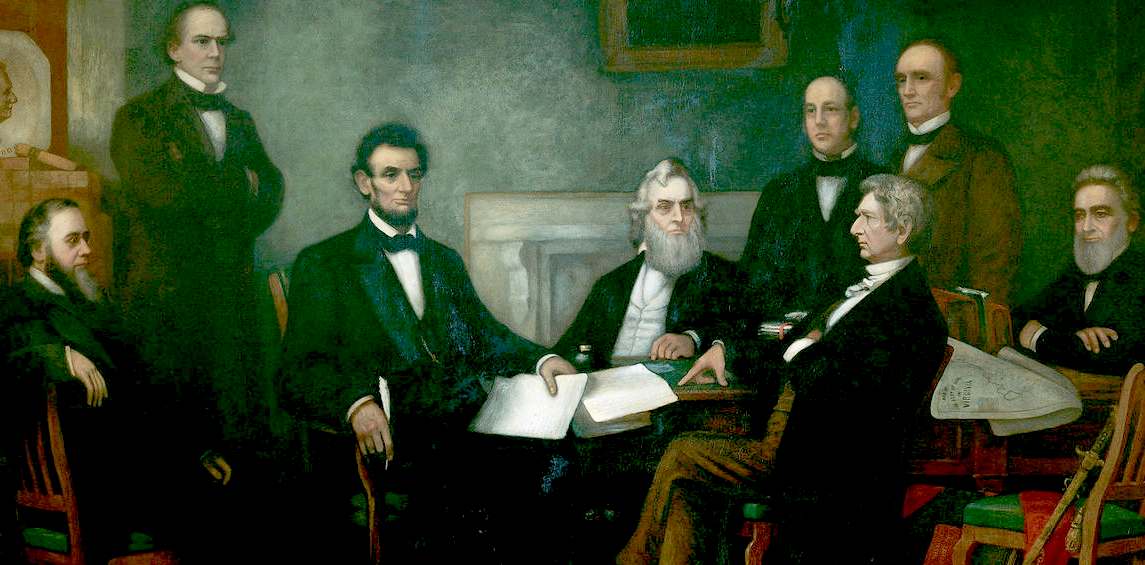|
WD/2014/2663/MAO - MAJOR OUTLINE APPLICATION
|
|||||||||||||||||||||||||||||||||||||||||||||||||||||||||||||||||||||||||||||||||||||||||||||||||||||||||||||||||||||||||||||||||||||||||||||||||||||||||||||||||||||||||||||||||||||||||||||||||||||||||||||||||||||||||||
|
WD/2015/0090/ HERSTMONCEUX VILLAGE CONDITIONS A - Z INDEX
Banner put up in support of the protest by the Herstmonceux Action Group, on the North facing garden fencing of the Old Rectory. The owners of the Rectory building are potentially one of the most affected by application: WD/2014/2663/MAO, now WD/2015/0090/MAO. They have enjoyed views across an open field to the village and playing fields, since they moved house in about 1987.
There
has never been an action group representing the interests of so many
residents in this peaceful Sussex backwater. To date, planning battles
have been contained, such that local people were content to let neighbours
object to smaller residential developments. This
all changed when a former estate agent was seen surveying Lime Cross and
speaking to neighbours about his intention (or the intention of family
members) to apply for planning consent for upwards of 70 houses, where for
many years Wealden District
Council and the Parish
Council have been saying there should be no development. WD/2014/2663/MAO
- GLEESON DEVELOPMENTS LTD This
application is not only contrary to the Local Plan, but is considered by
many to be downright dangerous. The A271 is a narrow country road that is
already overloaded - with many traffic jams in the village high street
causing motorists serious delays on occasion. Proposed
entrance to Lime Cross for access to 70 new houses. The A271 is already a
busy road. What is not clear from this plan is that the entrance shown in
red is just a few yards away from a sign telling people to slow down. That
sign is half way up a hill, that has been the site of accidents on the
other face. You can imagine the carnage with family vehicles trying to
exit from this entrance, which is very narrow. There is no real visibility
splay. Vehicles traveling west into the village from Hastings, will be
unable to see cars trying to get to school to pick up their children
because of the hedge that is not in the applicant's ownership. It is even
worse with vehicles heading east out of the village, now coming down a
hill - and once again the angle prevents any real advance warning, with
just the nose of a car protruding - only visible at the last moment. What
should have been provided and is an example of what is required, is the same
degree of vision afforded by the access just a little further east for
Chapel Row. Rather
surprisingly, ESCC Highways supports this application. They base their
information on 14 years old surveys, but say they hold good today and see no
reason why there would be any accidents, but also fail to mention that there
has been an incident or two. LETTERS
OF OBJECTION, LIME PARK HERITAGE TRUST PLANNING APPLICATION No: WD/2014/2663/MAO F.A.O. Kelvin Williams PLANNING APPLICATION No: WD/2014/2663/MAO RESIDENTIAL
STATUS - The building in the foreground is immune from enforcement by
virtue of the 4 year rule. It was not included in a notice served by
Wealden in 1986, because it did not exist at the time. It is unfortunate
for this council that their notice from 1986 is deemed to have been
obtained using tactics that amount to fraud according to the Fraud Act
2006 - and is the subject of future challenge for failures to correct
information on their databases - as required by statutory regulations. Disregarding
the illegalities perpetrated by officers of this council, that for the
most part have departed (thankfully), the view from the French-window
style double-doors (shuttered) that face into the proposed site, is a
planning consideration, being the main entrance and having glass doors as
a new security provision. Clearly, the privacy of the occupiers and the
privacy of any houses that may be built, is compromised. In addition the
view to the north-east to the Area of Outstanding Natural Beauty (AONB)
would be interrupted by the proposed housing and no amount of mollycoddling can overcome such objection
where around 18 of those proposed are in line of sight from
Herstmoncuex Museum and a further 14 houses interfere with the line of
sight from the Old Rectory. The
picture below shows a view from the Jubilee
Walk
north to Herstmonceux Museum. The planning proposal will fill this view with 2 storey houses, so
obscuring it forever, preventing access to and enjoyment of this historic
building by the public. The oak tree on the right in the picture, is seen center of the
quadrant to the east in the site block plan. Herstmonceux
Museum is though an example of genuinely affordable housing and
sustainability in action. In re-using a part of a historic site for accommodation,
the buildings will have a greater degree of security. The visual appraisal
carried out by the applicants agents, Barton Willmore LLP, of Soho Square,
London, does not take into account the above observations as to AONB, and
fails completely to mention that the view currently enjoyed by walkers
along the Jubilee
Walk will be lost, in
a report some 109 pages long, of what amounts to a ploy to play down an important local building of
considerable stature - in a national and international context -
concerning the early electrical generating industry. The only other
example of such a building in the world is in the USA. Tourists and walkers
would no longer be able to enjoy sight of Herstmonceux Museum along the
majority of the trail from the village entrance north to the exit
south-west entrance to farmland, and from the north entrance to the
south-east exit to Chapel Row. It is the context in which the view is
enjoyed that is so important. At the moment, walkers cannot fail to see
the juxtaposition of the "first" village in England to have electricity in
sufficient quantities that baking of loaves was a feature. The development
of this village is already well established by the windmill at Windmill
Hill, where flour was ground for the bakery - that was powered by
electricity from Lime Park. The Cuckoo Trail is itself of local, and
possibly national importance, as a recognised walk frequented by many
Rambling groups. This omission and failure to secure such
views for tourists and to promote tourism, and to make historic buildings
accessible to the public, is contrary to National Planning Framework
Policies (NPPF). This ought to have been a conservation area, and probably
would have been one, if the council concerned was more alert to
conservation issues. Clearly, this has been clouded by previous failures
and the fear of having to pay compensation for Human
Rights violations retrospectively. The
omission and the manner in which the applicant's have sought to hide the
facts from Wealden councillors, is seen at paragraphs 2.15 to 2.18 of their rather
lengthy document. The fact that Wealden has no Local List, is a potential
problem for developers looking for planning limitations, but, in this
case the onus was on the applicant's to seek redress from the County Archaeologist
and of course, English Heritage, where the Monument is on their At Risk
register. There can be no doubt that the developers knew a lot about Herstmonceux
Museum, where they visited the site on two occasions and spoke with the
curator, in a conversation with the applicant's on the
subject, to include mention of a (potentially ancient) right of way for
coal deliveries to the old generating buildings - also not mentioned in
any report. Likewise,
the desk based archaeology report by Sally Dicks BA MIfA, as approved by Duncan Hawkins BA (Hons) MSc FSA MIfA
(November 2014), takes no account of the existence of Herstmonceux Museum,
and for that reason fails to address the loss of access and visual
enjoyment by the public, where that is of paramount importance according
to NFFP, Section 12, from paragraphs 126 to 141. The report is thus
silent, where noise is required. Whereas, had it not been deskbound, a site visit would have
revealed the existence of the generating buildings in the context both of local history and the landscape - as it affects
ramblers and tourists. CGMS
CONSULTING - Fiona Williams and Jason Clemons - The view that will be
destroyed is shown in pictures numbered 19-21 and 34 of their Heritage
Statement. Contrary to the
conclusion as to inter-visibility (@3.4), Herstmonceux Museum is and has
been for many years more of an attraction to walkers and locals, and is
not particularly visible from within Lime Park - Lime Park being a private
area, not open to the public, and also the Museum being tucked into one
corner and bounded by shielding trees - in particular a large Holm oak
that obscures the building. With the above in mind and that
there is a duty to maintain access to and enjoyment of historic buildings
for the public, the views expressed by the CGMS report are not accepted as taking
into account the intrinsic positioning with respect to the village and the
industrial function - that will be hidden forever if the proposed development takes place.
The worst section of housing in this regard is the centre quadrant,
defined as being in between the two footpaths shown at 4.1 of the
applicant's Heritage Statement. Full
marks though to the London based experts for making a case out for the
applicant, that only a planning expert would be able to reveal, and one
versed with those tenets of the NPPF document and local history. It
appears from the credentials of the professionals employed that no expense
has been spared. We might also give the benefit of the doubt to the
applicant's that this application was made in good faith. Where, having
employed such prestigious firms, they might reasonably have expected
comprehensive assessments. It
seems that the subject matter is more properly a subject for English Heritage
and the department for Culture Media and Sport, both of which agencies had yet to be consulted by the applicant or Wealden
council - when on the 21st of January, the application was withdrawn. RAF
HERSTMONCEUX - Finally, the building is not only a monument to the early
electricity generating industry, it is also RAF Herstmonceux, from when it
was used in World War Two as a hospital for wounded airmen, a radio
outpost and bomb shelter. Lime house was used to billet RAF officers at
the same time and Lime Cross recreation ground was the prisoner of war
camp where Italian prisoners were held during hostilities. This important
fact relating to what comes under the heading of Industrial Archaeology
should also form part of the deliberations concerning heritage. You
may have noticed that there are only forty-nine units shown on the above
site plan - and it is still crowded. It is unclear from this plan if some
of the plots shown are garages adjacent to a house. It is therefore open
to interpretation. The real problem is that the village of Herstmonceux
does need more affordable housing. Gratefully, there are other sites that
are far more appropriate, and will not pose injury to a site of
considerable local historic interest. AFFORDABILITY
STATEMENT & CAPITALIST MORALS - OR POLICY FRAUD It
is because Council's have been dragging their heels so much and not
planning for new housing that we are in this mess. it is not just Wealden,
it is ingrained in civil servants to apply rules to prevent development or
change. In this case the problem is so bad that central government has had
to direct them to change their attitudes. Fantastic, but why give locals
the job of developing (in effect) national policy in the first place.
National policy is what counts. Where do we need homes in the UK and what
elements of the countryside are essential to preserve. It's a balancing
act. A Herstmonceux
local is not concerned with Battersea Power Station or Rudyard Kipling's
home at Burwash. He or she, only sees this field at Lime Cross in
isolation. This
brings us back to economically viable housing for locals who are on the
housing list, and then making provision for those who will be signing up
once they realise that sensibly priced housing has been made available to
locals in Herstmonceux. If we are to break with restrictive policies, this
should be for social housing. Sir
Winston Churchill's famous wartime
speech: "Never in the field of human conflict was so much owed by so many to so few."
Should perhaps be re-written: "Never in village planning history
was so much made by so few at the
expense of so many." We're
sure someone else could be more eloquent, but the message is clear. The
original was a wartime speech made by the British Prime Minister
on the 20th of August 1940 . The name stems from the specific line in the speech, Never in the field of human conflict was so much owed by so many to so few, referring to the ongoing efforts of the Royal Air Force pilots who were at the time fighting the
Battle of
Britain, the pivotal air battle with the German Luftwaffe with Britain expecting a German invasion. THE
MATHS As
an example let us say that 50 houses are built that are for regular
landlords. 50 X £350,000 = £17,500,000. That is seventeen and a half
million pounds, one hell of an incentive for a land owner to turn his back
on the true requirements of the village - if we are to preserve the
character of the village. Now
let us look at a genuinely affordable housing scheme involving 50 house.
50 X £70,000 = £3,500,000. That is £14,000,000 less for the
developer. This would be £14 million that is earned on the backs of all
of those men and women in the UK who cannot afford to buy their own home,
because we keep giving planning consents for houses that nobody can
afford, to keep the rich, rich and keep the ordinary man further and
further away from home ownership. In other words, more deeply enslaved. This
is an elitist practice, that discriminates against poor people, that is
perpetuated by the state (at the moment) - hence is potentially an Article
14 (discrimination)
violation in combination with an Article 17 (state
practice that impinges on another Article)
violation. As we have no Article 13 in our
Human Rights Act 1998, by design of
the government, we also have no effective remedy. That was the whole point
of leaving out Articles 1 and 13 from our home grown version of the
European Convention, to deprive the nation of a means to challenge
hundreds of identified HR breaches, without going to Europe. In
allowing the developer to get away with his plan to build as many
expensive houses as possible, we are allowing the village of Herstmonceux
to move further away from its village roots than ever. We are driving our
local worksforce away and pushing local people, who might otherwise have
remained local, to move elsewhere to find higher paid jobs to have any
chance of ever affording their own home. This is not a sustainable
practice and should be discouraged. If
approved, this planning application sends a signal to all other developers
that they too can profit magnificently from a loophole that allows them
carte blanche to build anywhere they like. SUSTAINABILITY
TEST CASE This
is surely not what the Secretary of State is advocating, where the drive
at the moment is for a closed loop economic cycle. The Secretary of State
should thus be invited to call in this application if it is passed, either
locally or on appeal. For it strikes at the heart of sustainability and
what constitutes sustainable practice. It could thus become a test case. JUNGLE
POLITICS & FINANCIAL SLAVERY - BINGLE, BANGLE BONGLE, I'M SO HAPPY IN
THE JUNGLE =
In
the jungle we are charged no rent for the tree
we swing in and nothing for the bananas we eat. We have all we need free
of charge to produce our offspring. Along comes man to enslave his fellow
man. The first thing our captors do is to start charging for the right to swing in
a tree. We also charge for bananas, because we now want to profit from
territorial rights that should not exist on a tree that they don't need -
hence greed is the motivation. This is surely a case for only one tree per
person. The
problem is the invention of money, coupled with the concept of ownership
of natural resources and sovereignty, for exploitation. One common term to describe such
social abomination is: "The Rat
Race." We prefer the term "Financial Slavery" and it should
be abolished, because it is no less evil than enslaving people to grow
cotton or harvest rubber
for profit. It's all about profiting from the labour of others. Modern
slavery is all about the level of profiteering and control of the system.
We're sure that given the choice, all of those fresh to the voting system,
would vote for Financial Emancipation - freedom from exploitive shackles. This is a concept we should be
exporting, a concept that is sure to bring stabilization to hostile
regions and promote world peace. A
mortgage that is too high, is every bit a chain around your neck as with
these poor fellows. What gives any human
the right to enslave another human being? The answer to that is the State.
When the State promotes policies and practices that, in effect, allow one
human to profit so hugely at the expense of others - then the State is to
blame. If as appears to be the case at the moment, the State wish to
change that practice, with the provision of affordable housing, then the
State should take care to ensure that the little fiefdoms that have had it
all their own way so far, are brought back into line. It is up to you
which political party you vote for. As soon as you are 18, why not vote
for Financial
Emancipation. You will need to find a party with a manifesto that
radically revises current planning practices. It will be a kind of
economic revolution that the current slave traders (banks and landlords)
are sure to stage the equivalent of a Civil War. Bribery will rule
supreme, as the establishment will not want their boats rocked. Zero
Carbon and Affordably housing - who ever heard of such a thing. Next
minute, we'll all be back in the jungle swinging from trees. Oh yes
please! CONSULTEES
- NOT CONSULTED Two
glaring omissions are that of English Heritage and the Department for
Culture Media and Sport. We are shocked to learn that English Heritage has
not been approached, where it is their Monument at Risk programme that is
on the line. It
is equally disturbing that where tourism is one of our biggest exports,
that a unique historic building is in danger of being excluded from any
existing or future tourist route. This application is demonstrably insensitive to
the need to attract overseas visitors to country (as well as city)
attractions. New analysis from
VisitBritain reveals that more international tourists are
traveling across the country than ever before, with spending hitting new record levels in the majority of nations and regions for the first 9 months of 2014. TOURISM
STATEMENT In
all the documents cited so far, there is no "Tourism Statement."
Herstmonceux is a village that depends on visitors for income. The sites
that tourists are likely to visit close by are Batemans and Windmill Hill.
Some of these visitors, whether industrial archaeologists keen to see one
of the last coal fired power stations (Battersea) or Rudyard
Kipling fans, will want to see the sleepy little village of
Herstmonceux where an electrical industry thought leader, The Baron de
Roemer, was building his electrical supply empire, having sated his own
desire for clean light and cooking. Not that long ago we lost the Truggery,
and to many that was a tragedy in tourism terms - and all because our
local councils had no real vision. They just do not understand or value
what they have/had. They are sheep, blindly stumbling from one disaster to
the next catastrophe. Why, because visionary leaders do not go into local
politics. Local politics is all about local greed for the fortunate few.
It should be about providing an affordable tree to swing in for our new
shoots. This
is the windmill at Windmill Hill, ground the flour that was baked by
electricity at Herstmonceux. The proposed 'Edison Walk,' would take
ramblers from Herstmonceux Village to see the site of the old Bakery, then
along the public footpaths in the field the subject of this application,
to see Herstmonceux Museum, then across to Windmill Hill to see where the
flour was milled - on the way to Burwash, to admire Rudyard Kipling's mill
and electricity generating set. Thousands of people each year visit the
many windmill sites in Sussex.
The link with electricity for baking and back again to windmills as modern
electricity generators is a fascinating technology tie up. Another
interesting ramble would be from RAF
Wartling, along this public footpath, to RAF Herstmonceux. The Chain
Home, early warning radar stations from WWII are very a very popular
subject with schools and colleges. This walk would give students of
industrial archaeology a snapshot of the interaction between RAF
operations and the integration between villages. Herstmonceux Museum was
the hospital for wounded airmen, while Lime House billeted RAF officers.
The clear line of site that exists as of January 2015, will eliminate the
opportunity for walkers to see this in the flesh - to be replaced by a
housing estate for a get-rich-quick scheme. There
are 15 National
Trails in England and Wales, covering about 2,500 miles of some of
Britain’s finest landscapes and taking in some great historical sites
– including Hadrian’s Wall. In Scotland, there are four officially
designated Long
Distance Routes, plus 16 routes in Scotland’s
Great Trails, covering over 1,300 miles of breathtaking landscape from
the Borders to the Highlands. Britain’s
cities aren’t short of scenic walking routes either. Get
Walking has plenty of shorter routes to help you discover some of the
hidden gems of cities including London, Manchester, Birmingham and Swindon. It
is said that there is a walk to suit every season in Britain. The Isle
of Wight Walking Festival is the UK’s largest walking festival, and
the best way to enjoy the island’s mild spring weather. Celebrate the
summer with a mix of mountain walking and great entertainment at the Mourne
International Walking Festival in Northern Ireland. The annual National
Trust Walking Festival is perfect for autumn family walks, and if
you’d rather see Britain at its wintry best, join in one of the hundreds
of walks that make up the Festival
of Winter Walks. It
is well known that tourists plan holidays according to a theme. The theme
in London, or London's top ten include: 4.
Tate Modern 5.
London Eye 10.
Madame Tussauds Herstmonceux's
top ten theme tour of the UK might include: 1.
Science Museum, London 2.
Battersea Power Station, London 3.
Amberley Museum 4.
Rudyard Kipling's Batemans 5.
Jubilee Walk & (proposed) Edison Trail 6.
Herstmonceux Museum, Lime Park (from the Cuckoo Trail) 8.
The Truggery 9.
Herstmonceux Observatory 10.
RAF Wartling LIST
OF CONSULTEES This
is a specimen tree that over the years has become a landmark that walkers
and residents associate with the village and the Cuckoo Walk. In our
opinion the tree should be protected by a Tree
Preservation Order. The reasoning behind this is simple logic. As you
can see from the pictures above taken in January of 2015, there is a
branch seen in the picture on the left that has broken off from a limb
clearly visible in the picture on the right. Being just 25 feet from a
public footpath and with much of the north-east side of the tree actually
overhanging the public
footpath, it is obvious that this tree is not receiving
the care it deserves and should thus be granted protected status -
especially as it presents a danger to the public. Because of course this
is a "public"
footpath. How the tree warden missed this
is beyond us. For
some reason Wealden seem not to care about this tree, or the safety of the
public, but by contrast, have paid particular attention to a sycamore that
is nowhere near a public footpath and not even in the same field. How then
do you explain the interest in one tree, but not another? Is to to do with
land ownership? Or is it that this council have another hidden
agenda? Public rights of way – footpaths, bridleways, and byways – are all ‘highways’ in law. This means they get the same protection from the law as a road does. They have to be kept open, they can’t be obstructed and they have to be usable. The duty to keep them open and usable lies with the local highway authority (the county council, or else the unitary authority where there is no county council). Since the 1950s, county councils and unitary authorities have been required to keep a record of public rights of way. This is called the definitive map and statement of public rights of way. Where a path is shown on this record, that is conclusive proof of its public status. You have the right to apply for a path to be included on the definitive map and statement – this is the common method of proving that a way is public. Money
is being spent on this site - as the JCB
digger seen here in December 2014 confirms, but not on keeping the
landmark oak tree safe for passers by. Concerning
Herstmonceux Museum, Wealden have spent thousands of ratepayers pounds
doing their best to keep non-native weed trees close to a historic
building. Odd to say the least. Malicious even we hear you say. Possibly!
Whatever is the cause of the inconsistencies
in case handling, it is not logical - hence it appears irrational,
nor is/was the blight in keeping with the duty to protect historic assets.
The officer signing recent correspondence relating to the above is David
Whibley, presumably on the instructions of Kelvin
Williams. Bearing the above bang-up-to-date example of inconsistent
behavior in mind, can we trust this council to consider the issues
relating to the planning application under consideration in unbiased
fashion? Is has been confirmed that the local councillor, Andy Long, has
not been in touch with Lime Park Heritage Trust to speak about any of
these issues. It leaves one feeling unrepresented. Are councillors paid to
represent the people? SUSSEX
INDEX A - Z CHIDDINGLY
- HORSE
SHOW and GYMKHANA CUCKMERE
VALLEY - EXCEAT HERSTMONCEUX
- MUSEUM - COSTS
SCANDAL - PARISH COUNCIL
- ACTION
GROUP TWISSELLS
MILL, OLD HEATHFIELD HERSTMONCEUX
& PARISH
COUNCIL CONTACTS Mrs Janet McInnes All Saints THE
AMERICAN CIVIL WAR - Signing of the Proclamation of Emancipation. The American Civil
War began in 1861, leading to the end of chattel slavery in America. Not long after the war broke out, through a legal maneuver credited to Union General Benjamin F. Butler, a lawyer by profession, slaves who came into Union "possession" were considered "contraband of war". General Butler ruled that they were not subject to return to Confederate owners as they had been before the war. Soon word spread, and many slaves sought refuge in Union territory, desiring to be declared "contraband."
Could such a thing happen in the UK with affordable houses being built in
one location, attracting a young workforce - who then has a chance to
throw off the financial chains still being imposed in other less
enlightened counties. The only way such a thing could happen is with Housing
Associations. LINKS
& REFERENCE http://www.sussexmillsgroup.org.uk/ http://www.nationaltrail.co.uk/ https://www.gov.uk/government/organisations/department-for-culture-media-sport http://www.english-heritage.org.uk/
We
take electricity for granted, but without these pioneers
we would not have lighting or computers. Published
by Lime Park Heritage Trust (all
proceeds go toward the restoration of this monument to a modern design
genius).
WD/2015/0090/
HERSTMONCEUX VILLAGE CONDITIONS A - Z INDEX |
|||||||||||||||||||||||||||||||||||||||||||||||||||||||||||||||||||||||||||||||||||||||||||||||||||||||||||||||||||||||||||||||||||||||||||||||||||||||||||||||||||||||||||||||||||||||||||||||||||||||||||||||||||||||||||
|
Copyright © 2015 HST & Max Energy Limited (a not for profit organisation)
|
|||||||||||||||||||||||||||||||||||||||||||||||||||||||||||||||||||||||||||||||||||||||||||||||||||||||||||||||||||||||||||||||||||||||||||||||||||||||||||||||||||||||||||||||||||||||||||||||||||||||||||||||||||||||||||
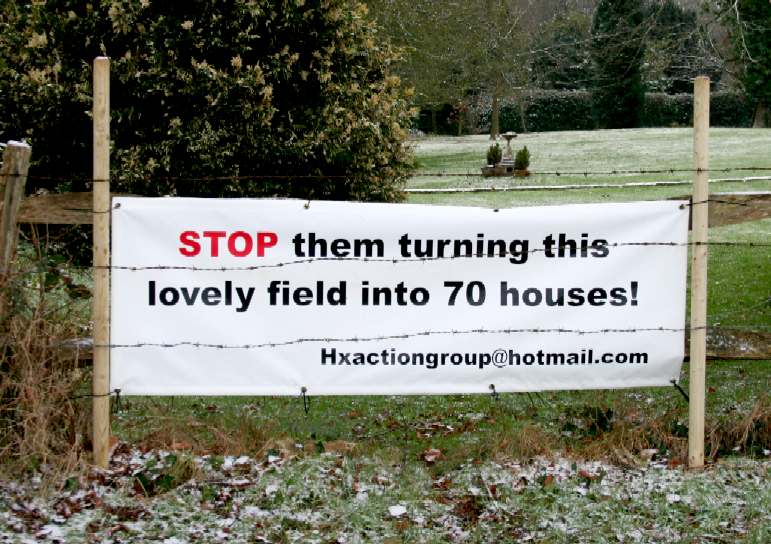

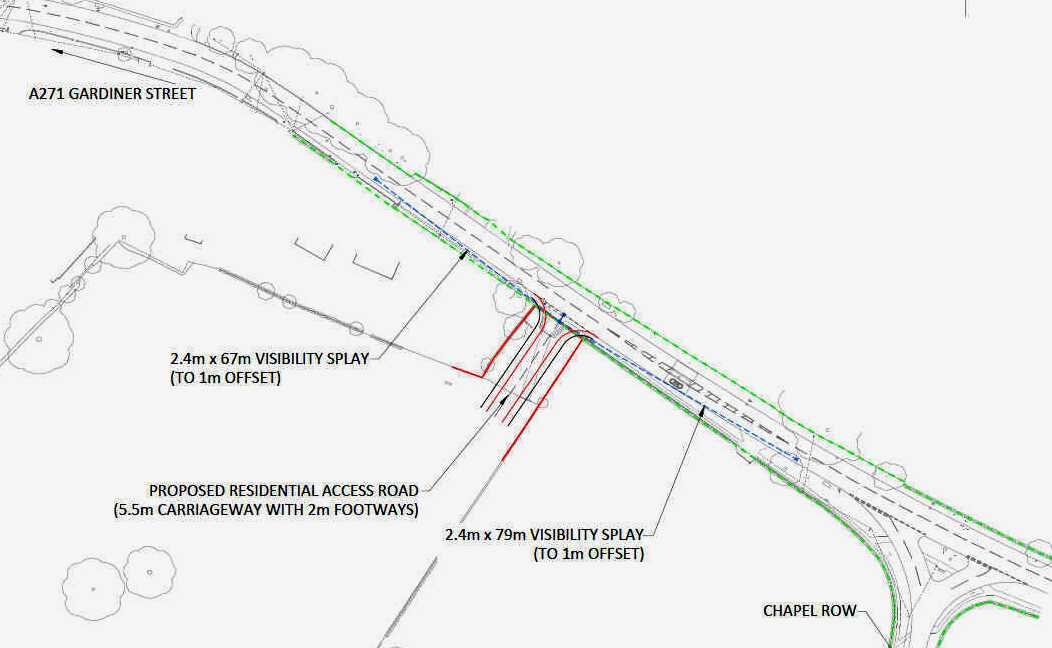
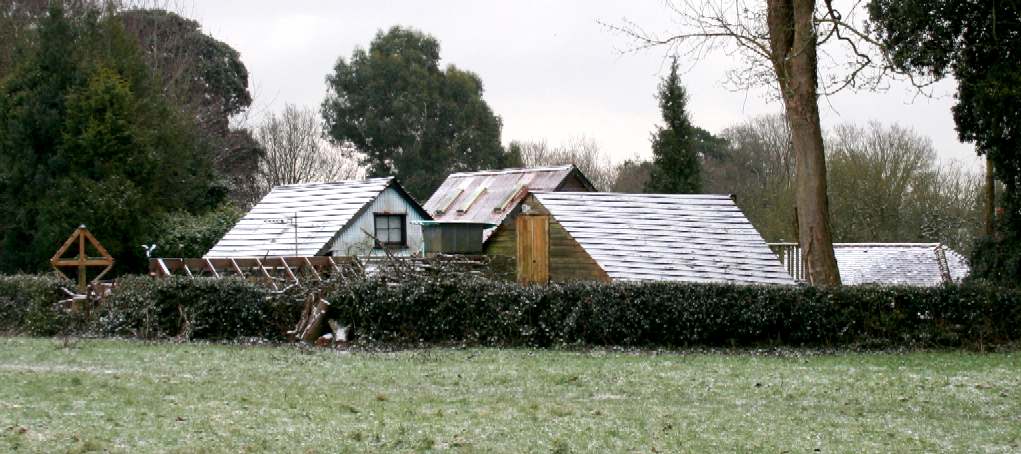
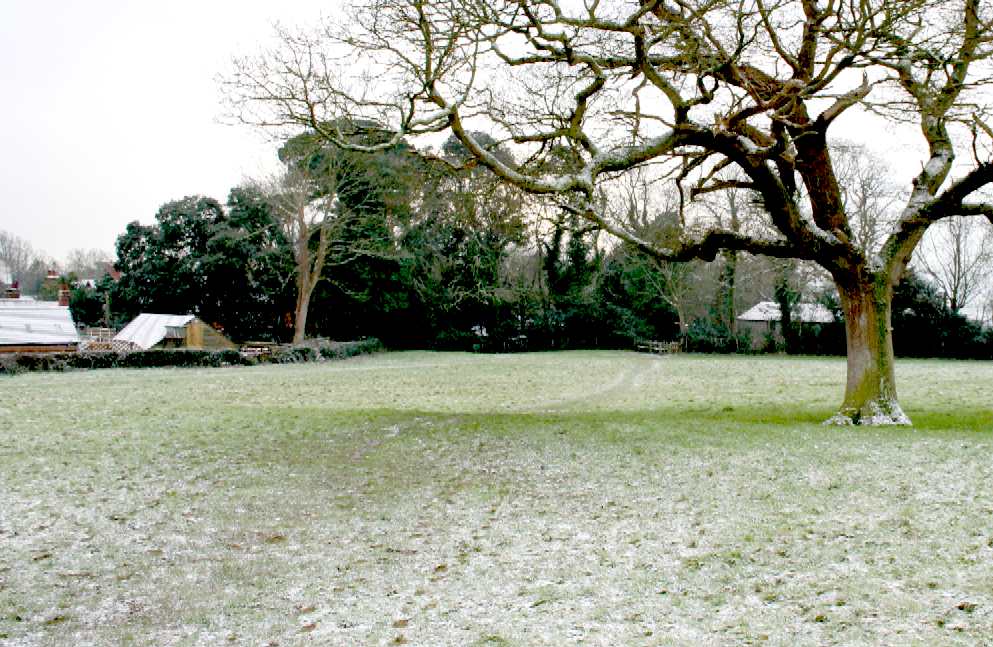


 +
+ 








